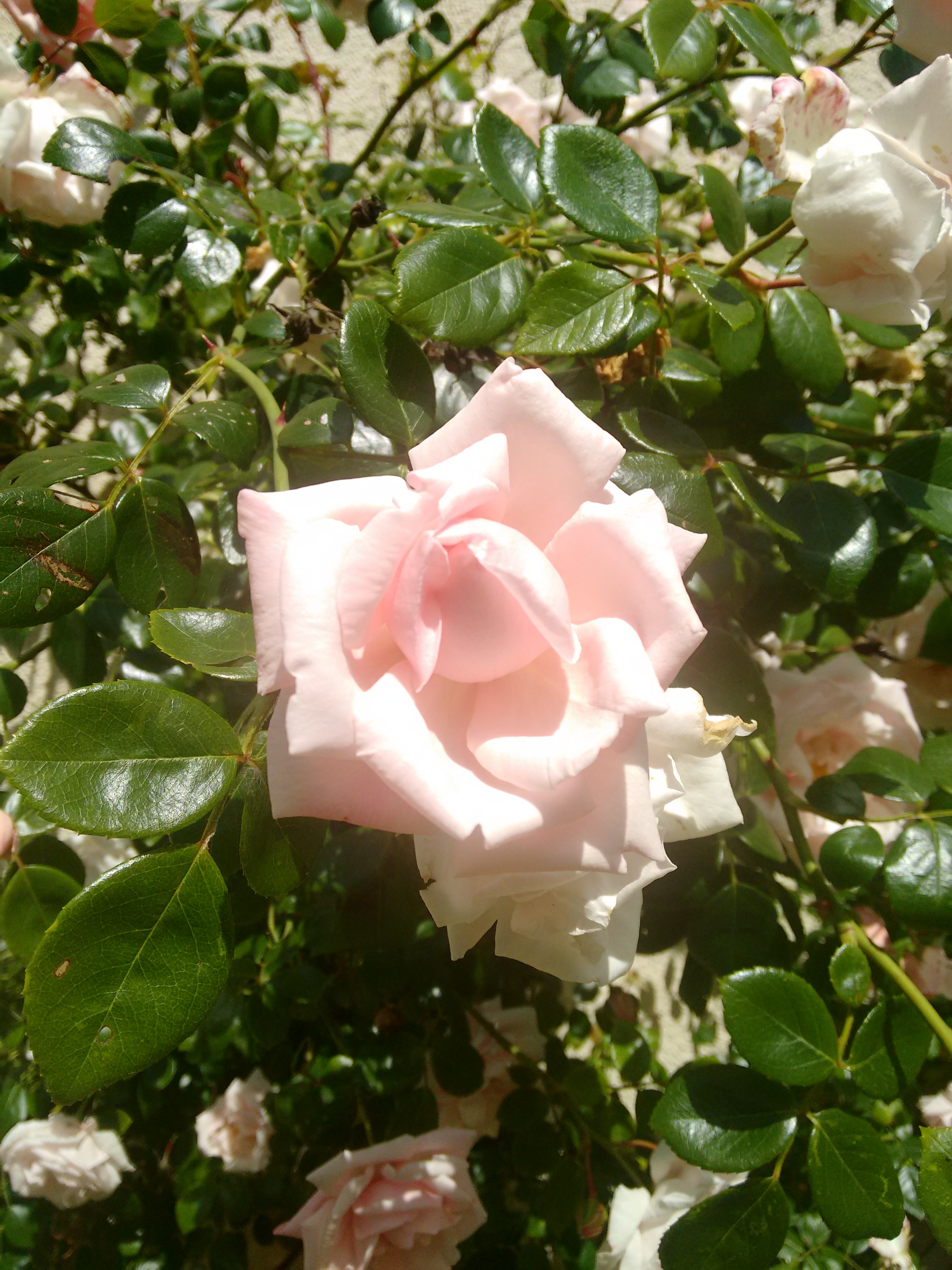Trends facing the 21st Century gardener
Collaborative Guest Post.
Between 1982 and 2013 it was recorded that the average garden shrunk from 168m2 to 163.2m2. In addition to this, it is also estimated that two million homes in Britain don’t have a garden and by 2020, 10.5% of all homes will not have a garden.

As our green spaces are becoming more limited, we are faced with the task of making the most of our gardens in an efficient and innovative way. Together with Sutton Seeds, retailers of hanging baskets and other garden essentials, we explore the trends and issues that the 21st century gardener must face.
Planting indoors
With limited garden space, some people are enjoying indoor cultivation and planting indoors. Plants such as cacti are growing in popularity as they can survive in the home without many requirements or much attention.
Not only does it improve the home visually, introducing plants indoors comes with other added benefits too. Suggested by research conducted by Mintel, 52% of home-owners claim that they now use houseplants in order to counter pollution levels within the home. This new trend, is influenced by an increased awareness of climate change and the Paris Climate Summit, and contemporary interior design inspirations such as Chinese Feng Shui.
Mindfulness
Mindfulness is a growing trend for many individuals – taking a step back from the chaos of life for a short period of time is appealing to many. Tending to the garden can be relaxing and a form of mindfulness too.
Taking a ‘mindful’ approach to gardening can also mean being knowledgeable about planting and allowing yourself to be creative in the space that you have. Growing old and underused varieties of vegetables, such as turnips, are also part of this trend.
Not only are gardens shrinking but homes are too – facts show that Britain has the smallest average size of new built homes in Europe (76 sq m), suggesting limited storage and cupboard space. Using your garden to its full potential and growing fruit and vegetables that can stay there until they need to be eaten can help address this problem.
Economic gardening
After the June referendum in Britain, the sterling fell drastically against the euro and the dollar; the implications that this has on gardeners is that it is costing more for plants to be imported from foreign countries.
To be an economically conscious gardener, you can aim to buy plants that are long-flowering and more durable so that they last all year round. As plots shrink, cheaper container-grown flowers can be used to maximise the space whilst acting cost efficiently.
Low maintenance gardening
In the current housing market, it is likely that many people will have lived in a flat before they have owned their own home with a garden. Those living in rented spaces, such as a flat, who don’t have their own garden, spend 40-57% less than homeowners on their garden. Furthermore, the total amount of those owning a garden has fell from 80% to 77%, which means there is a gap in knowledge where gardening is concerned with younger home owners. This means that many people are not used to having a garden and may not know how to utilise it effectively.
Long durable plants can be useful here too – they can be planted without any instructions and left alone as they can survive most weather conditions. If you are a low-maintenance gardener, these plants can be a perfect way to brighten up a small area.
You May Also Like

Keeping in touch with friends.
25/10/2019
Marwell’s Zany Zebras!
18/09/2016

